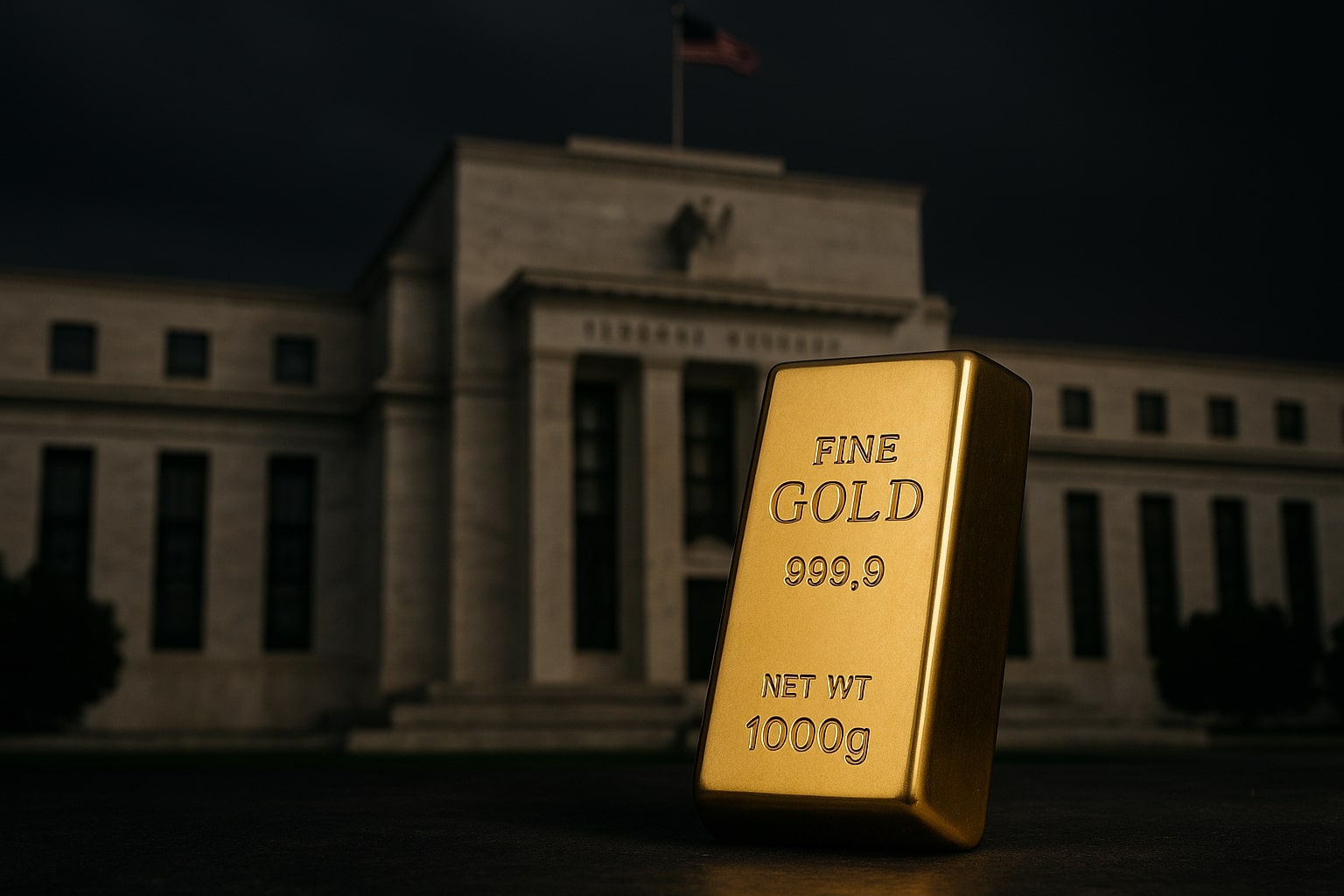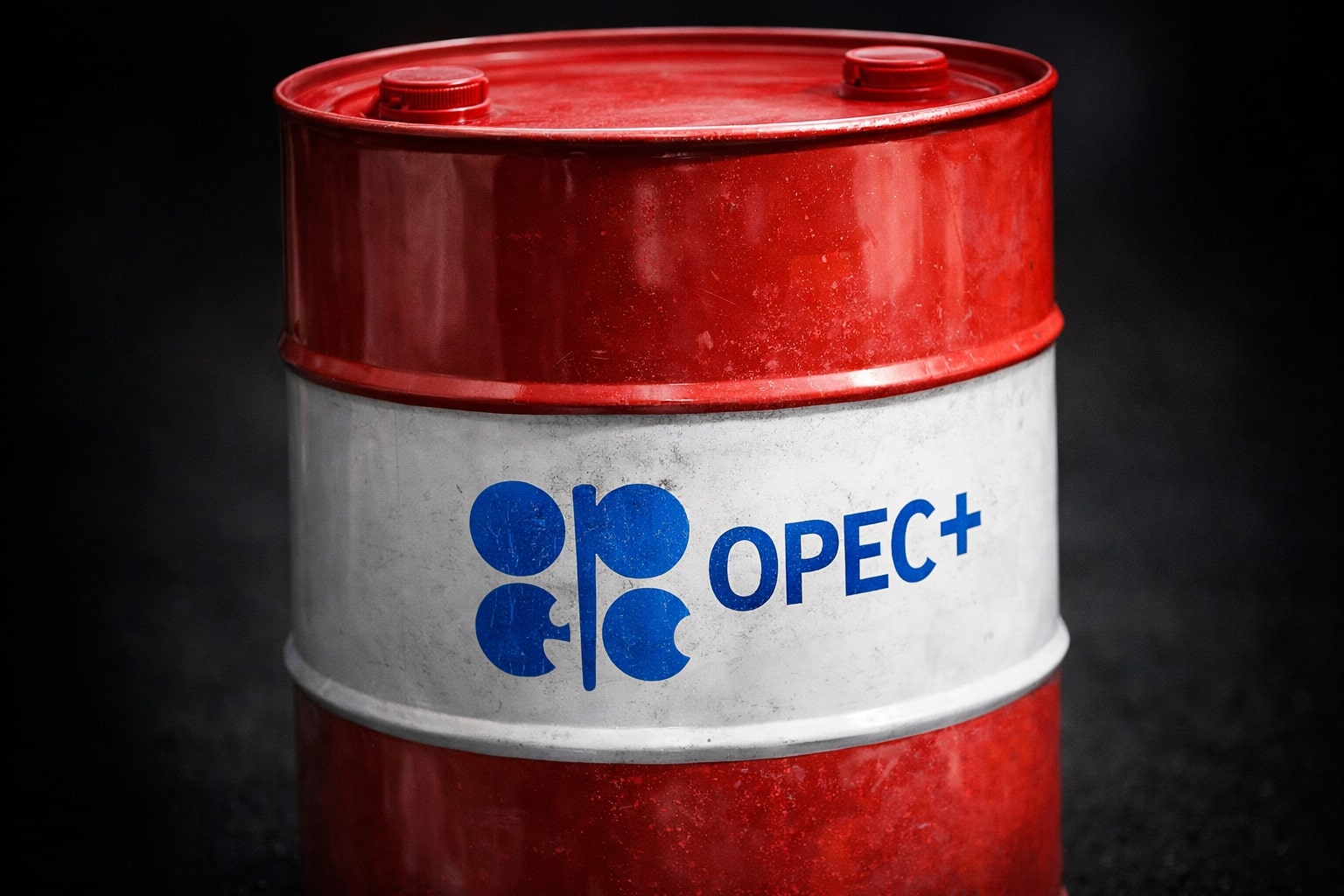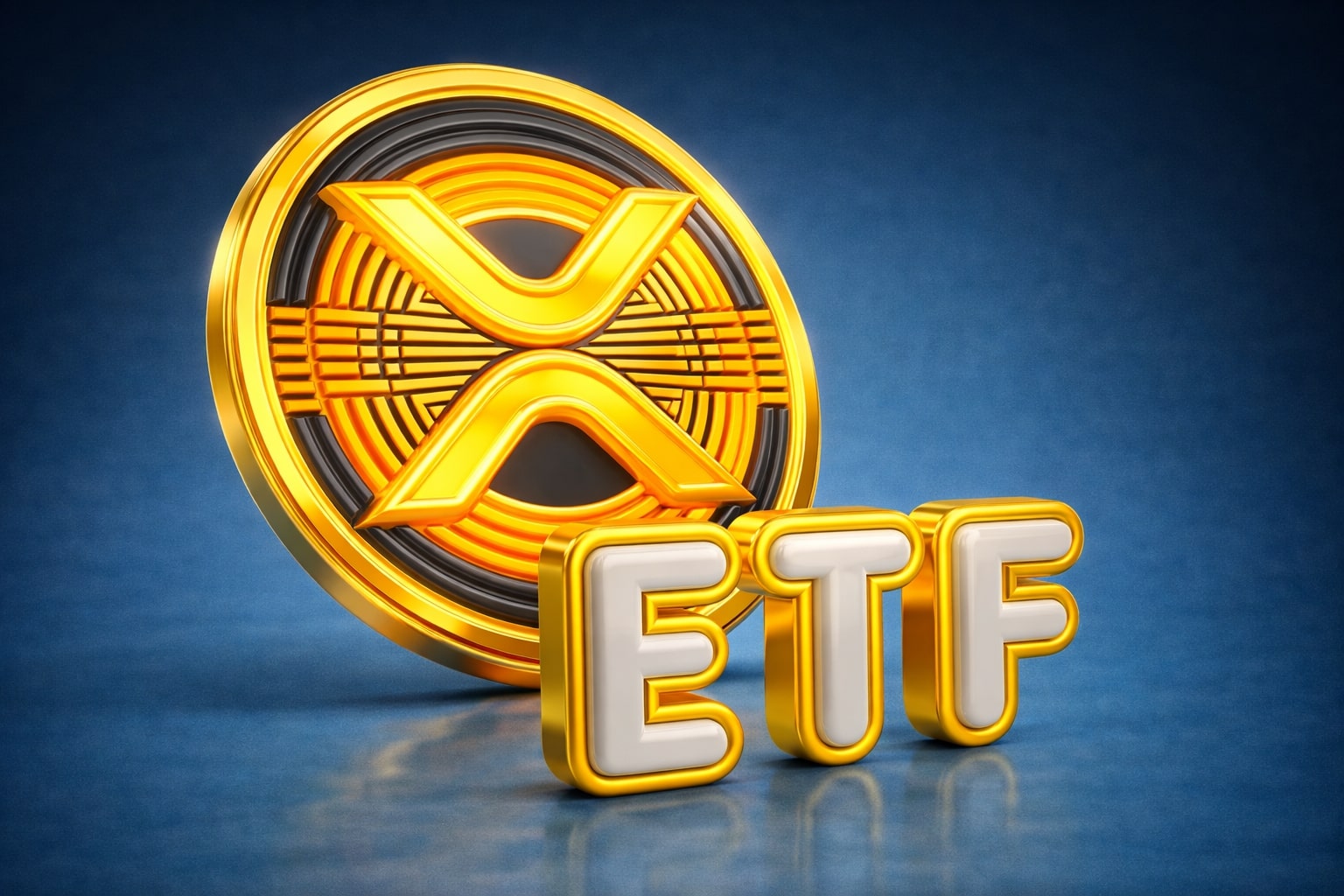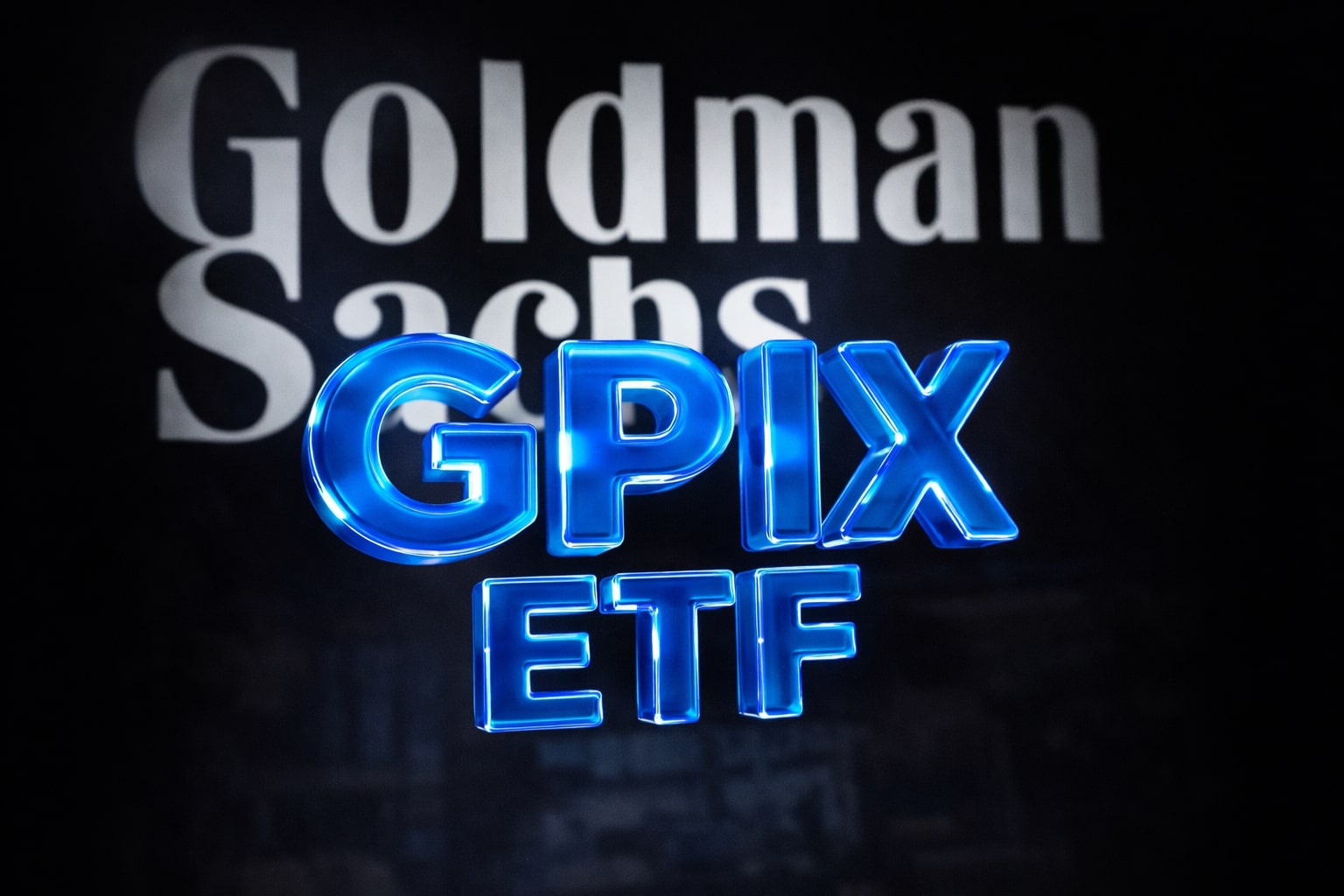
Gold Price Forecast: XAU/USD at $3,443 Targets $3,500 as Fed Cuts and Central Bank Buying Drive Rally
Gold rallies from $3,375 to $3,450 in August, fueled by dovish Fed signals, sticky 2.9% PCE inflation, housing market weakness, and record central bank accumulation | That's TradingNEWS
Gold (XAU/USD) Climbs Toward $3,500 as Fed Cut Bets, Central Bank Buying, and Economic Strains Collide
XAU/USD Pushes to Record Highs Above $3,440
Gold prices have staged one of the most decisive rallies of 2025, with XAU/USD trading between $3,375 and $3,450 during the final week of August before briefly touching $3,511.50 in futures. Spot gold closed at $3,443.50, up 2% weekly and 4.7% for the month, cementing a breakout from the summer consolidation. The market’s momentum was driven by a combination of macroeconomic uncertainty, dovish Federal Reserve expectations, and aggressive flows from both institutional investors and central banks.
Federal Reserve Pressure and the PCE Catalyst
The rally was anchored by the U.S. PCE inflation index, which rose 2.9% YoY in July, in line with forecasts but still well above the Fed’s 2% target. While inflation remains sticky, Jerome Powell’s Jackson Hole speech underscored a shift toward prioritizing economic slowdown and labor market weakness. Markets are now pricing an almost 100% probability of a 25bps rate cut on September 17, with Powell signaling that restrictive policy risks outweigh inflation concerns. A GDP revision showing +3.3% QoQ growth in Q2 further emboldened traders betting the Fed will move sooner rather than later. The prospect of lower real rates has historically underpinned gold’s role as a non-yielding store of value, and the latest rally is consistent with that playbook.
Central Banks Accelerating Gold Accumulation
Behind the retail and ETF flows lies a deeper structural shift. Central banks have been net buyers at historic levels, increasing their bullion share of reserves to nearly 20%, up sharply from 10% in the late 1990s. Notably, the Saudi Central Bank recently revealed large allocations not only to gold but also to silver-linked ETFs, a rare diversification that highlights sovereign appetite for hard assets. This accumulation is reshaping the demand base for gold, providing steady support even as speculative flows ebb and flow. Analysts highlight that central bank activity is a direct contradiction of their official rhetoric of monetary stability, implying genuine concern over dollar volatility and geopolitical fragility.
Labor Market Cooling and Recession Signals
Gold’s strength also reflects investor anxiety around the U.S. labor market. Surveys show that 20% of Americans fear job loss, a level rarely seen outside recessions. Real consumer spending expanded just 1% annualized in H1 2025, while auto and housing purchase intentions slumped to levels reminiscent of the 2007 pre-recessionary environment. Case-Shiller home price data revealed four straight months of declines, and pending home sales dropped to levels below the 2008 Great Recession trough. This deflationary signal in housing – the single largest household asset – is pushing investors toward gold as a hedge against both financial instability and household wealth erosion.
Technical Strength as Gold Clears Key Resistance
From a technical perspective, gold’s breakout above $3,350 was a critical event. For months, XAU/USD was locked in a $34 range between $3,314 and $3,348, capped by the 50-day moving average. The breach of this ceiling has unleashed new buying momentum, targeting $3,450–$3,500. December futures closing above $3,500 would confirm continuation, with the next resistance zones at $3,534 (record spot) and $3,600 psychological level. Support levels sit at $3,400 and $3,350, with consolidation expected if macro catalysts remain mixed. Dollar weakness – down 8% YTD – is adding fuel, making gold more attractive to international buyers.
Silver Riding Gold’s Momentum but Still Lagging
While gold dominates headlines, silver (XAG/USD) has been quietly staging its own breakout, closing at $39.72, its highest level since 2011 and within reach of the $40 psychological mark. The gold-to-silver ratio remains at 86, above its historical 50–60 average, leaving room for silver to catch up. Institutional inflows are rising, with sovereign wealth funds like Saudi Arabia allocating to iShares Silver Trust (SLV) and Global X Silver Miners ETF (SIL). This marks a significant shift in market structure, as silver has long been dominated by retail demand. Its industrial applications in photovoltaics and electronics add another layer of support, aligning with global green energy expansion.
Trade Tensions, Tariffs, and Geopolitical Risk Driving Safe-Haven Demand
Global trade frictions are also shaping flows into gold. U.S. tariffs, including Trump’s broad-based 10% duties, are lifting import costs and dampening global trade. Canada’s economy contracted 1.6% in Q2, its sharpest drop since the pandemic, underscoring ripple effects. Meanwhile, a U.S. appeals court ruling most Trump tariffs illegal raises questions about policy continuity. This political uncertainty, combined with ongoing geopolitical risks, enhances gold’s attractiveness as a hedge against fractured global trade.
ETF Flows Show Volatility but Net Support for Gold
ETF data reveals turbulence in late August. Gold ETFs like GLDM recorded $449M outflows in one week, but reversed into inflows by month’s end, mirroring Bitcoin ETFs, which also recovered after heavy liquidations. This simultaneous rebound in both assets suggests investors are not abandoning hard assets but reallocating tactically. Overall, gold ETF assets under management remain at record highs, aligning with broader institutional demand.
Mining Equities and the Bond-Bullion Barbell Strategy
Gold mining equities continue to provide leveraged exposure to bullion. With gold above $3,400, margins for miners expand significantly, pushing earnings well beyond baseline metal gains. Analysts highlight the bond-bullion barbell strategy, which delivered 18.5% YTD returns, outperforming the S&P 500 by 700 basis points. Mining equities, combined with physical gold and ETFs, are seen as a diversified approach for investors seeking both yield and exposure.
Verdict: XAU/USD Rating – BUY (Bullish Bias, Target $3,500–$3,600)
Gold (XAU/USD) near $3,443 is supported by dovish Fed expectations, central bank accumulation, weakening labor and housing markets, and dollar softness. Technicals confirm bullish breakout momentum, with $3,500 in clear sight. The macro environment favors continued accumulation, with downside risk limited to the $3,350–$3,400 zone. Unlike past cycles where retail demand dominated, today’s rally is anchored by sovereign buying and institutional flows, giving it greater structural resilience. At current levels, gold is firmly a BUY, with year-end upside potential toward $3,600 if September’s jobs data and Fed cuts align.
That's TradingNEWS
Read More
-
GPIX ETF Climbs to $52.54 as 8% Yield Turns S&P 500 Volatility Into Income
02.01.2026 · TradingNEWS ArchiveStocks
-
XRP ETF Rally: XRPI $11.54, XRPR $16.35 And XRP-USD At $1.99 Aim For A $5–$8 Cycle
02.01.2026 · TradingNEWS ArchiveCrypto
-
Natural Gas Price Forecast: NG=F Tests $3.50–$3.60 Floor Before LNG Wave
02.01.2026 · TradingNEWS ArchiveCommodities
-
USD/JPY Price Forecast - USDJPY=X Holds Near 157 as BoJ Caution and Fed Cut Bets Drive the Move
02.01.2026 · TradingNEWS ArchiveForex



















